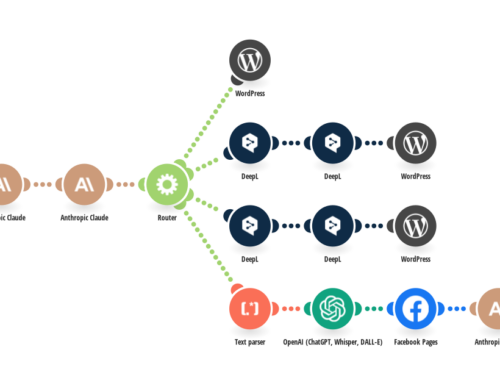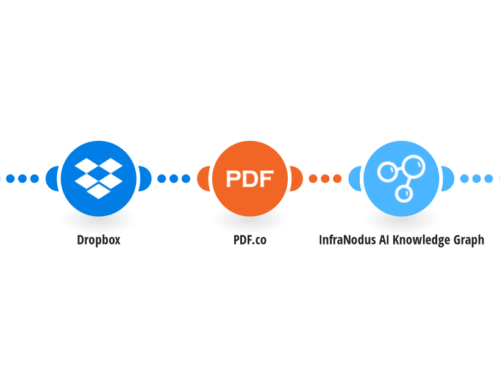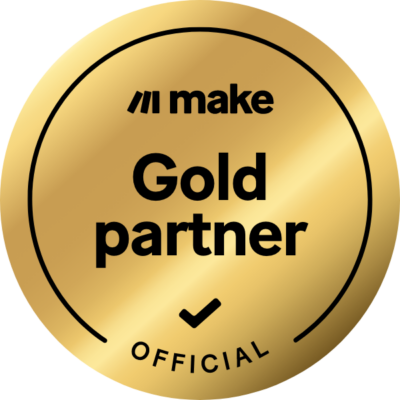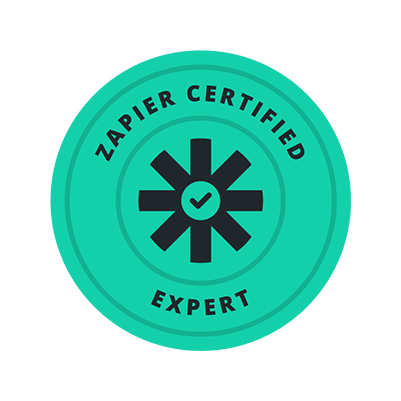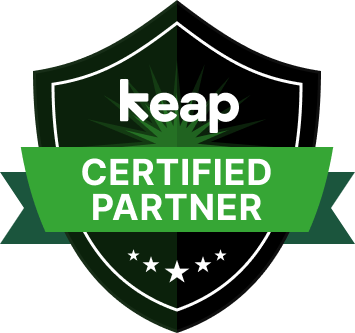5 Automation Opportunities Most Recruiters Miss
Recruiters today are juggling more than ever: resume reviews, interview coordination, candidate nurturing, compliance updates—the list goes on. While many teams have embraced some level of automation (think: scheduling tools or resume parsing), there are still significant opportunities that remain untapped. These hidden gems can save hours each week, reduce errors, and elevate the candidate experience. In this post, we’ll unpack five automation opportunities that are often overlooked—yet offer massive ROI for modern recruiting teams. If you’re already using a CRM or an ATS, you’re halfway there. Now it’s time to layer in these next-level optimizations.
1. Automated Re-engagement of Past Candidates
Most recruiters have a goldmine of qualified candidates in their database—people who made it to the final round but didn’t get the job, or applicants who just weren’t the right fit at the time. These candidates are already interested in your company, they’ve been vetted to some extent, and they may now be perfect for a current role. Yet many teams manually dig through archives or, worse, ignore them entirely. By using automation tools like Make.com or integrated workflows in your ATS, you can trigger personalized re-engagement campaigns based on new job postings. When a similar job opens, an automated email or SMS can invite them to reapply, with pre-filled forms to reduce friction. These workflows not only reduce sourcing costs but also boost speed-to-hire and create a candidate-friendly experience. Re-engagement campaigns are especially useful for seasonal roles or high-turnover industries. With the right tagging and trigger logic, this automation runs in the background—quietly filling your pipeline with warm leads.
2. Interview Coordination Across Teams
Coordinating interviews is still one of the most time-consuming tasks in recruiting. Scheduling across different time zones, syncing calendars, and confirming availability eats up valuable hours. Manual coordination is also prone to human error—double bookings, missed slots, and awkward reschedules. Fortunately, this entire process can be automated with the right stack. Tools like Calendly, combined with Make.com or Zapier, can connect your ATS, calendars (Google or Outlook), and communication channels. For instance, when a candidate reaches a certain stage in your ATS, an automation can trigger a personalized email with an interview booking link. Once the candidate picks a time, everyone involved receives a calendar invite and the ATS gets updated. You can even build in automated reminders via SMS or email. For panel interviews or role-specific workflows (e.g., requiring a tech screen before the final round), automations can route the right interviewer based on tags or skill sets. The result? Less back-and-forth, fewer no-shows, and a smoother experience for candidates and hiring teams alike.
3. Real-Time Feedback Collection Post-Interview
Collecting feedback from interviewers is often an afterthought—or worse, it relies on emails and Slack messages that get buried. Delayed feedback slows down decisions, frustrates candidates, and can cause top talent to drop out. Automating the feedback loop ensures consistency and speed. With tools like Typeform, Google Forms, or your ATS’s built-in forms, you can trigger a request for feedback as soon as an interview ends. Using automation platforms, you can pull details from the calendar event (interviewer, candidate name, job title) and populate a customized feedback request. You can even send reminders if no response is logged within 24 hours. Centralizing feedback in your ATS ensures hiring managers can view it alongside candidate profiles. Over time, this data also helps identify trends: Are certain interviewers too lenient or too harsh? Are particular stages a bottleneck? Automated feedback not only accelerates decisions but also provides rich data for improving your interview process.
4. Compliance and Document Collection
Compliance is non-negotiable—especially in regulated industries or when hiring across regions with strict labor laws. But manually collecting NDAs, tax forms, and identity verification documents introduces unnecessary delays. Many recruiters wait until the offer stage to collect this paperwork, leading to bottlenecks in onboarding. Instead, automation can streamline document collection right after the offer is accepted. By integrating your e-signature tool (e.g., PandaDoc or DocuSign) with your ATS and email platform, you can trigger a bundle of forms with a single click—or even automatically. Once documents are signed, they’re saved in the candidate profile, HR gets notified, and next steps (like IT or benefits enrollment) are triggered. You can even validate whether specific regions require extra disclosures (e.g., GDPR consent in the EU) and adjust your forms accordingly. With the right logic, compliance becomes proactive instead of reactive—and your team avoids costly mistakes or audit risks.
5. Automated Nurture Campaigns for Talent Pools
Building long-term talent pipelines is essential—but maintaining engagement is hard when you’re busy filling current roles. Most recruiters only reach out when a job opens up, which makes their outreach feel transactional. A better approach is to use automated nurture campaigns to keep talent warm year-round. By segmenting your database into pools (e.g., developers, marketers, operations talent), you can send tailored, automated content every few weeks: company updates, new blog posts, hiring tips, or culture videos. These touchpoints build trust and familiarity, making candidates more likely to respond when the right role appears. Platforms like Keap, HubSpot, or ConvertKit can help you create drip sequences, while Make.com can sync data between your CRM and ATS. Nurture campaigns don’t just benefit recruiting—they reinforce your employer brand and create advocates, even among those who never apply. Over time, you’ll find that your best hires are already on your list, waiting for the right moment.
Conclusion:
Recruiters who embrace automation don’t just work faster—they work smarter. By identifying and implementing these overlooked opportunities, you can eliminate repetitive tasks, accelerate time-to-hire, and deliver a better experience for candidates and hiring managers alike. Ready to go deeper? Download our white paper or check out “The Automated Recruiter” for more practical strategies.

